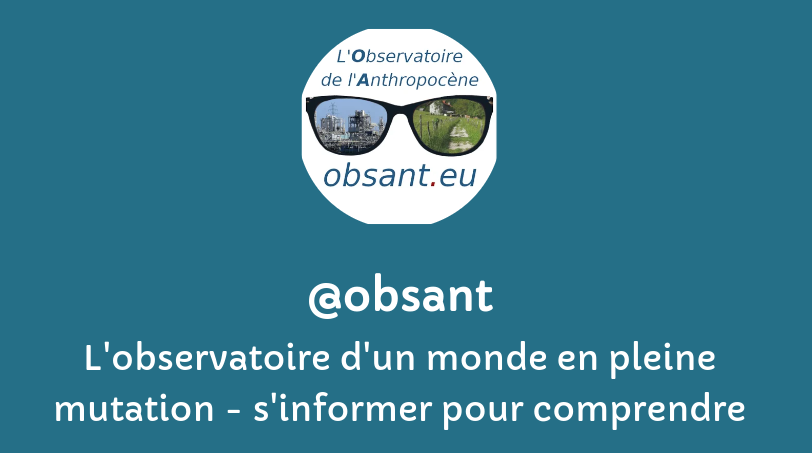filtre:
PNAS
2025
For decades, the surface of the polar Southern Ocean (south of 50°S) has been freshening—an expected response to a warming climate. This freshening enhanced upper-ocean stratification, reducing the upward transport of subsurface heat and possibly contributing to sea ice expansion. It also limited the formation of open-ocean polynyas. Using satellite observations, we reveal a marked increase in surface salinity across the circumpolar Southern Ocean since 2015. This shift has weakened upper-ocean stratification, coinciding with a dramatic decline in Antarctic sea ice coverage. Additionally, rising salinity facilitated the reemergence of the Maud Rise polynya in the Weddell Sea, a phenomenon last observed in the mid-1970s.
Recent projections suggest that large geographical areas will soon experience heat and humidity exceeding limits for human thermoregulation. The survivability limits modeled in that research were based on laboratory studies suggesting that humans cannot effectively thermoregulate in wet bulb temperatures (Twb) above 26 to 31 °C, values considerably lower than the widely publicized theoretical threshold of 35 °C. The newly proposed empirical limits were derived from the Twb corresponding to the core temperature inflection point in participants exposed to stepped increases in air temperature or relative humidity in a climate-controlled chamber. Despite the increasing use of these thermal-step protocols, their validity has not been established. We used a humidity-step protocol to estimate the Twb threshold for core temperature inflection in 12 volunteers.
Our study presents a global assessment of microplastic pollution’s impact on food security. By analyzing a comprehensive dataset of 3,286 records, we quantify the reduction in photosynthesis caused by microplastics across various ecosystems.
2024
Heatwaves can lead to considerable impacts on societal and natural systems. Accurate simulation of their response to warming is important for adaptation to potential climate futures. Here, we quantify changes of extreme temperatures worldwide over recent decades. We find an emergence of hotspots where the hottest temperatures are warming significantly faster than more moderate temperatures. In these regions, trends are largely underestimated in climate model simulations. Globally aggregated, we find that models struggle with both ends of the trend distribution, with positive trends being underestimated most, while moderate trends are well reproduced. Our findings highlight the need to better understand and model extreme heat and to rapidly mitigate greenhouse gas emissions to avoid further harm.
2023
Mass extinctions during the past 500 million y rapidly removed branches from the phylogenetic tree of life and required millions of years for evolution to generate functional replacements for the extinct (EX) organisms. Here we show, by examining 5,400 vertebrate genera (excluding fishes) comprising 34,600 species, that 73 genera became EX since 1500 AD. Beyond any doubt, the human-driven sixth mass extinction is more severe than previously assessed and is rapidly accelerating. The current generic extinction rates are 35 times higher than expected background rates prevailing in the last million years under the absence of human impacts. The genera lost in the last five centuries would have taken some 18,000 y to vanish in the absence of human beings. Current generic extinction rates will likely greatly accelerate in the next few decades due to drivers accompanying the growth and consumption of the human enterprise such as habitat destruction, illegal trade, and climate disruption. If all now-endangered genera
In a speech about climate change from April 4th of this year, UN General Secretary António Guterres lambasted “the empty pledges that put us on track to an unlivable world” and warned that “we are on a fast track to climate disaster” (1). Although stark, Guterres’ statements were not novel. Guterres has made similar remarks on previous occasions, as have other public figures, including Sir David Attenborough, who warned in 2018 that inaction on climate change could lead to “the collapse of our civilizations” (2). In their article, “World Scientists’ Warning of a Climate Emergency 2021”—which now has more than 14,700 signatories from 158 countries—William J. Ripple and colleagues state that climate change could “cause significant disruptions to ecosystems, society, and economies, potentially making large areas of Earth uninhabitable”
2022
As Nobel laureate Solow said to Congress when criticizingeconomicmodelsforfailingtoanticipatethe“GreatReces-sion,” “Every proposition has to pass a smell test: Does itreally make sense?” (2). The methods and conclusions inDietzetal.(1)donotmakesense. ...
Prudent risk management requires consideration of bad-to-worst-case scenarios. Yet, for climate change, such potential futures are poorly understood. Could anthropogenic climate change result in worldwide societal collapse or even eventual human extinction? At present, this is a dangerously underexplored topic. Yet there are ample reasons to suspect that climate change could result in a global catastrophe. Analyzing the mechanisms for these extreme consequences could help galvanize action, improve resilience, and inform policy, including emergency responses. We outline current knowledge about the likelihood of extreme climate change, discuss why understanding bad-to-worst cases is vital, articulate reasons for concern about catastrophic outcomes, define key terms, and put forward a research agenda. The proposed agenda covers four main questions: 1) What is the potential for climate change to drive mass extinction events? 2) What are the mechanisms that could result in human mass mortality and morbidity? 3) Wh
Tree diversity is fundamental for forest ecosystem stability and services. However, because of limited available data, estimates of tree diversity at large geographic domains still rely heavily on published lists of species descriptions that are geographically uneven in coverage. These limitations have precluded efforts to generate a global perspective. Here, based on a ground-sourced global database, we estimate the number of tree species at biome, continental, and global scales. We estimated a global tree richness (≈73,300) that is ≈14% higher than numbers known today, with most undiscovered species being rare, continentally endemic, and tropical or subtropical. These results highlight the vulnerability of global tree species diversity to anthropogenic changes.
![]()




